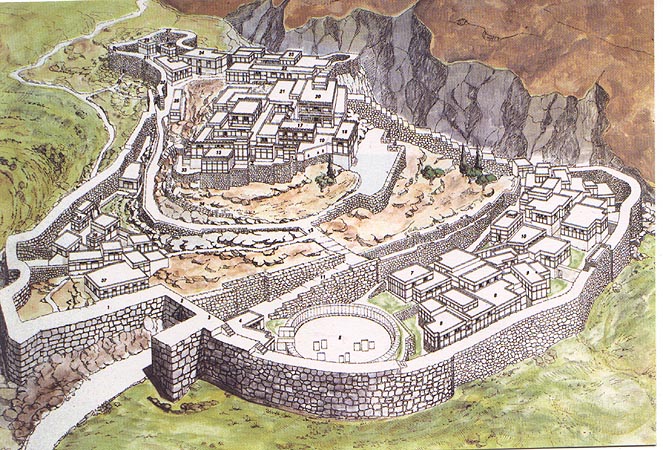


As defined by Britannica, the phrase refers to the northeastern Mediterranean region in the era between "the end of the Mycenaean civilisation (1200BC) and the death of Alexander the Great (323BC)", when it was one of the most important places in the world, according to National Geographic. It's no surprise that the influence and impact of Ancient Greece resonates today. We can but speculate as to why this should this be, but perhaps there's truth in the idea that the fantasy and opulence of magical Ancient Greece is highly attractive in a post-lockdown age – just as Dior's New Look marked a return to indulgent fashion following World War Two's austerity and utilitarian clothing. The site reports a rise in trending search terms searches such as Ancient Greek jewellery (up 120%) and wallpaper with an Aphrodite aesthetic (up 180%), and a triple increase in Greek statue art. We're in the midst of a Hellenistic revival, a fascination with the Ancient Greek aesthetic that's being most keenly embraced by the post-millennial Gen Z, according to Pinterest. Corinthian columns sculptures of goddesses and god-like figures sun-baked buildings bleached bone white geraniums planted in olive-oil cans the obligatory cats lolling about – If you're dreaming of all things Greek, you're not alone.

This entry was posted in Fall 2015 by almckenzie. Though we may not know all the answers, the site still continues to tell the story of people who were able to create one of the most complex civilizations in Greek history. Archeologists are unclear of how and why the civilization disappeared from history and there is still debate on how it met its fateful end. Unfortunately, Minoan Crete is a civilization wrapped in speculation. Also, artifacts found in the city of Gournia such as clay pots, copper, bronze, stone vases suggest to archeologist that Minoan citizens were gifted in the skills of pottery making and metal working since they found similar items on settlements throughout the civilization.īy simple excavating several sites Archeologists have been able to slowly piece together the lives of those who inhabited the Minoan Civilization as well as the main means of commerce and sustainability. The Minoans were intelligent enough to produce their own form of written history though it is still in the process of being deciphered. Another major find was the discovery of one of the first examples of writing in the Aeagan world, Linear A.Ĭlay tablet inscribed on both sides with the undeciphered script Linear AĪrtifacts have been found with the writing which suggests that the Minoans used the writing system for religious and authoritative functions. These all suggest that the Minoan Civilization was so massive they needed central structures for food storages as well as means to defend themselves against neighboring attacks. Archeologists also found swords, arrow heads, armors and helmets as well as fortified towns and settlements. Within these palaces archeologist found remains to suggest that materials such as wines, oil, grain, and ceramics were stored there. Through archeological finds, it was concluded that these palaces served as central structures of trade, politics, and religion. The grandeur of these palaces reflected how sophisticated and advanced the Minoan Civilization was. It was also during these periods that the Minoans built their four principal palaces: Knossos, Phaistos, Malia, and Zakros. Most of the artifacts found upon excavation originated during the Propatial Period (1900 -1700 B.C) and Neopalitial Period (1700-1400 B.C). Knossos Palace as would’ve appeared during the Neopalatial Period (1700 B.C-1400 B.C)


 0 kommentar(er)
0 kommentar(er)
